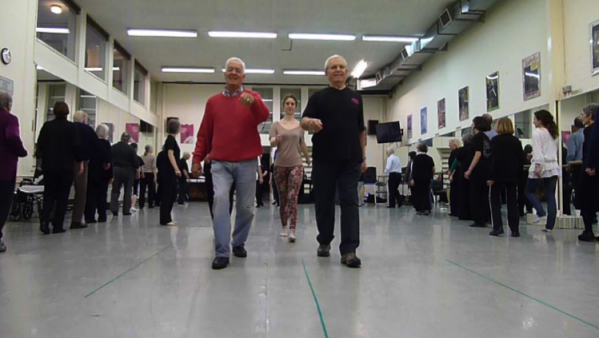
Measuring the impact of dance
The debate about how to evaluate arts in health projects is being furthered by a new dance programme for people with Parkinson’s disease, says Sara Houston.
There has been growing interest among community dance artists to develop specialist knowledge and understanding in order to work with specific populations. People Dancing has responded by helping set ...
Subscribe for £6 per month
Support independent journalism in the arts, culture and heritage sectors with unlimited access to our latest news, features and expert opinion. £6pm, billed quarterly.
Already subscribed? Log in
Usually have access through your university?

Join the Discussion
You must be logged in to post a comment.